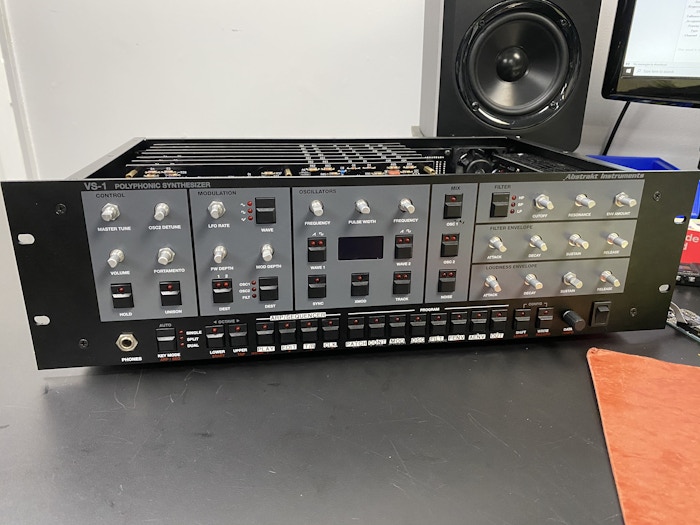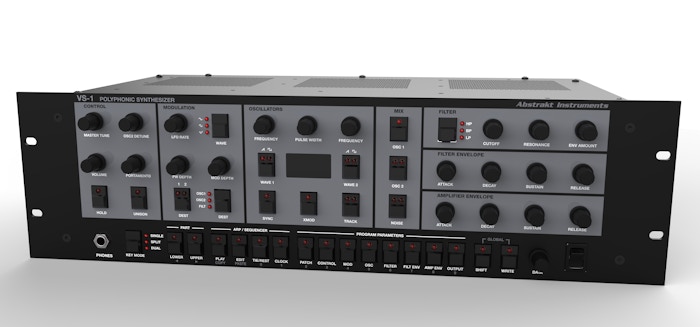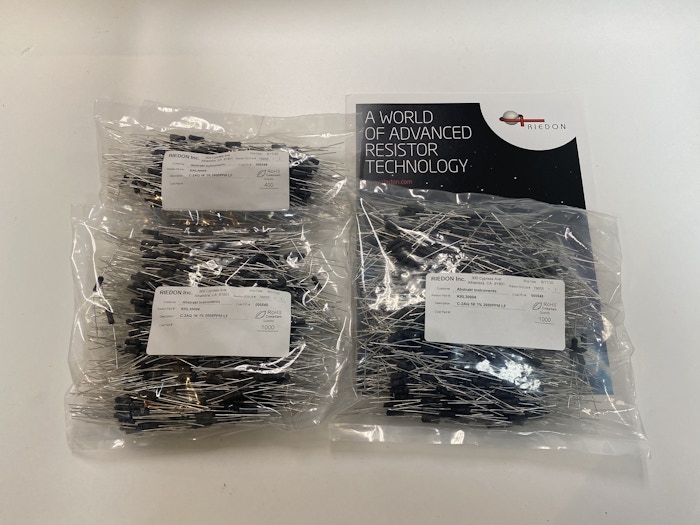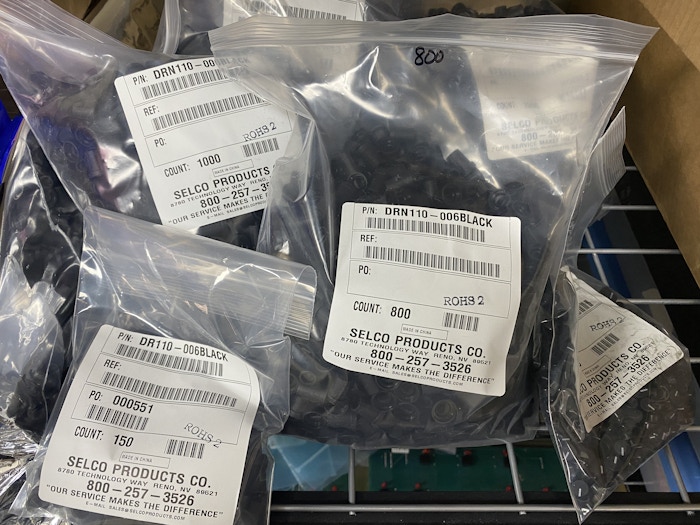Omega Minus
|||||||||||
Alles gut & schön - aber wenn ich schon 'OLED-Display' lese...
Was für ein Problem hast Du damit?
Grüße
Omega Minus
Alles gut & schön - aber wenn ich schon 'OLED-Display' lese...
Hallöchen,
mein erster Post hier ...
Ich würde ja wirklich sehr gerne bei dem Kickstarter eine 8 stimmige Version ordern, nur habe ich mit Kickstarter Projekten so gar keine Erfahrung.
Nach meinem jetzigen Kenntnisstand würde ich also den Preis für eine vollständig aufgebaute 8-stimmige Version bezahlen und wenn das Projekt vorher nicht Pleite geht, bekomme ich dann im Juli des Jahres das Instrument? Oder andersherum: Ich hätte gar keine Sicherheit bzw. Anspruch auf das Instrument im Falle, dass Abstract Instruments Pleite geht oder keine Lust mehr hat?
Ist das nicht etwas riskant in ANbetracht der Investitionshöhe? Oder habt Ihr Erfahrung und könnt mich beruhigen?
Nun - es ist allgemein bekannt, daß sehr viele (ich sage bewußt nicht 'alle') OLED-Displays schon nach relativ kurzer Zeit an Leuchtkraft verlieren - im Gegensatz zu LC-Displays. Speziell die Leuchtpunkte, welche häufig & lange angesteuert werden. Kann man im Netz auch nachlesen. Wenn das verbaute Display nun erheblich nachläßt und zudem eines ist, was es nicht an jeder Straßenecke für 'n schmalen Taler nachzukaufen gibt, hat der User ein Problem. Ab zum Hersteller mit 'der Gerät'? Klar, kamma machen - bloß was kostet dann wieder die Reparatur? Ist vielen Usern schon nach einem knappen Jahr aufgefallen, daß mit dem Display 'was nicht stimmt' - auch im Bereich der sogenannten Konsumer-Elektronik (WaschMa, Spüler, Musik, Kaffee- & ähnliche Automaten u.v.m.). Deshalb habe ich hier Vorbehalte...Was für ein Problem hast Du damit?
Mir auch nicht so klar. Aus dem Bauch heraus würde ich nicht bei Kickstarter einsteigen sondern die allgemeine Verfügbarkeit abwarten. Macht schon alleine wegen der Gewährleistung Sinn in den EU zu bestellen. Und wie bereits oben dargestellt wurde, haben sich abstrakt in der Vergangenheit nicht unbedingt mit Ruhm bekleckert was Kundennähe angeht.Hallöchen,
mein erster Post hier ...
Ich würde ja wirklich sehr gerne bei dem Kickstarter eine 8 stimmige Version ordern, nur habe ich mit Kickstarter Projekten so gar keine Erfahrung.
Nach meinem jetzigen Kenntnisstand würde ich also den Preis für eine vollständig aufgebaute 8-stimmige Version bezahlen und wenn das Projekt vorher nicht Pleite geht, bekomme ich dann im Juli des Jahres das Instrument? Oder andersherum: Ich hätte gar keine Sicherheit bzw. Anspruch auf das Instrument im Falle, dass Abstract Instruments Pleite geht oder keine Lust mehr hat?
Ist das nicht etwas riskant in ANbetracht der Investitionshöhe? Oder habt Ihr Erfahrung und könnt mich beruhigen?
Nun - es ist allgemein bekannt, daß sehr viele (ich sage bewußt nicht 'alle') OLED-Displays schon nach relativ kurzer Zeit an Leuchtkraft verlieren - im Gegensatz zu LC-Displays. Speziell die Leuchtpunkte, welche häufig & lange angesteuert werden. Kann man im Netz auch nachlesen. Wenn das verbaute Display nun erheblich nachläßt und zudem eines ist, was es nicht an jeder Straßenecke für 'n schmalen Taler nachzukaufen gibt, hat der User ein Problem. Ab zum Hersteller mit 'der Gerät'? Klar, kamma machen - bloß was kostet dann wieder die Reparatur? Ist vielen Usern schon nach einem knappen Jahr aufgefallen, daß mit dem Display 'was nicht stimmt' - auch im Bereich der sogenannten Konsumer-Elektronik (WaschMa, Spüler, Musik, Kaffee- & ähnliche Automaten u.v.m.). Deshalb habe ich hier Vorbehalte...
Nun, wer statt Äpfel lieber Birnen mag. Oder anders: diskrete Power gegen Curtis Bomber 17...Bin auch am überlegen, oder eben doch auf den UB-Xa warten...
No risk, no fun. Und wer auf modern Analog steht, ist beim OB6 richtig aufgehoben. Vintage geht halt anders. Selbst wenn schlecht implementiert, wird der Chorus vom VS-1 den DSP Chorus vom OB6 in der Pfeife rauchen.





Folge dem Video um zu sehen, wie unsere Website als Web-App auf dem Startbildschirm installiert werden kann.
Anmerkung: Diese Funktion ist in einigen Browsern möglicherweise nicht verfügbar.